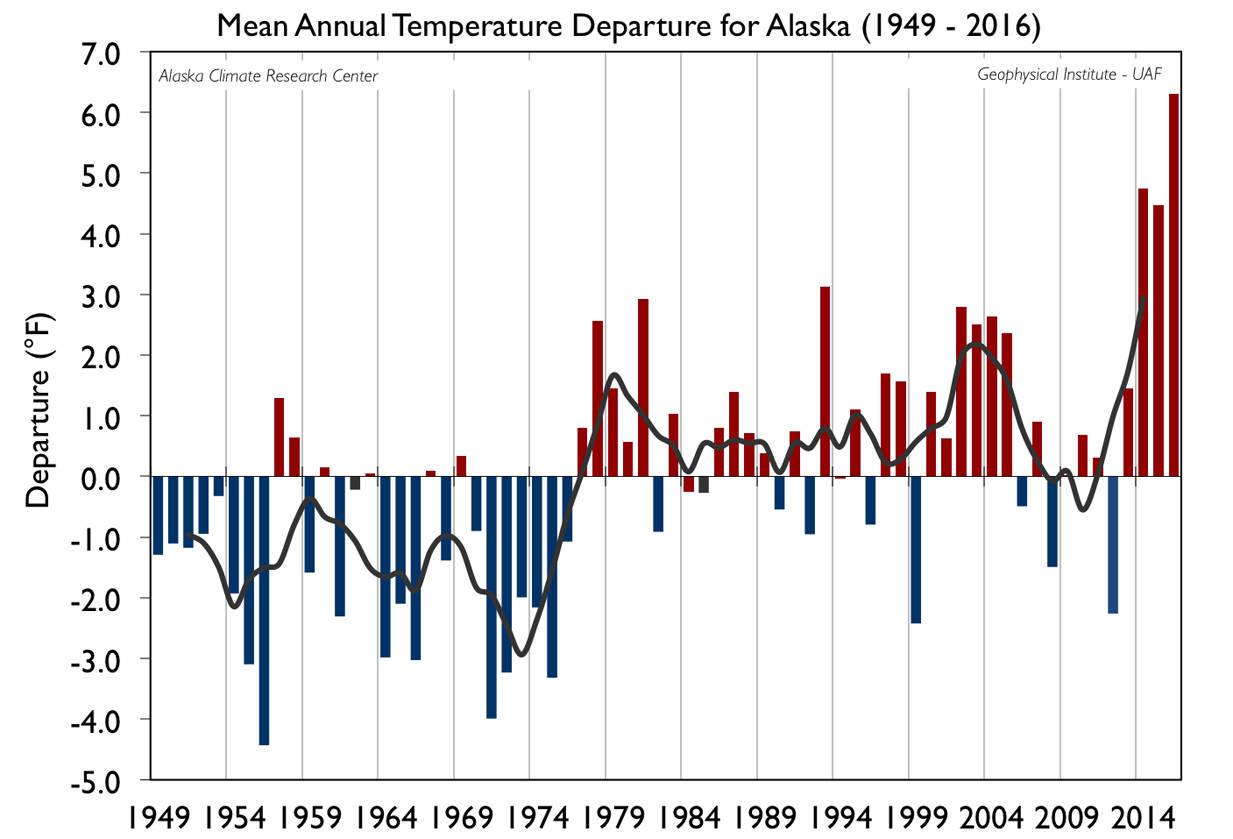Soil has a unique place in the history of the National Wildlife Refuge System. Farming practices coupled with drought in the 1930s caused the Dust Bowl. Dust storms, large enough to engulf entire communities and lasting for weeks, blew away soil and destroyed wetlands.
In 1937, President Franklin D. Roosevelt wrote a letter to the state governors that stated: “The Nation that destroys its soil destroys itself.” President Roosevelt’s multifaceted response included appointing a presidential committee to conserve ducks affected by the Dust Bowl.
The committee included wildlife leaders, such as Thomas Beck, Aldo Leopold and “Ding” Darling, and their recommendations led to the Duck Stamp Act of 1934. Waterfowl hunters are required to buy Duck Stamps as part of their license and the revenue is directly used to purchase or lease wetlands. The land purchases helped to build your National Wildlife Refuge System. Refuges conserve and manage habitat for ducks along their Continental flyway routes.
As stated so eloquently by President Roosevelt, soil loss is destructive because soil develops very slowly as rock is broken down by weathering. On the Kenai Peninsula, we have young soils due to glaciers scouring much of our landscape during the last ice age. Here, soils have only had several thousand years to develop.
Soils are described in layers, called horizons, that have different properties. The bottom layers reflect the parental geology. The dark surface layer and lighter colored subsoil layer just below the surface are biologically active. In Alaska, plant roots only survive and anchor into the top 6 inches.
The biologically active layer is known as mineral soil. Mineral soil consists of mineral particles, air and water, generally in equal proportions, and a small amount (about 5 percent) of organic materials.
The organic material consists of diverse microbe and fungal communities, and the plant and animal parts they are decomposing. The process of decomposition is both complex and important because it converts minerals, such as nitrogen and phosphorous, into compounds that can be used by plants.
According to the Alaska Climate Research Center, Alaska’s annual temperature has increased by 3.7 degrees Fahrenheit over the last 70 years. There are seasonal differences with average winter temperatures increasing by 6.7 degrees Fahrenheit and average summer temperatures by 2.3 degrees Fahrenheit.
Average temperatures are variable across years and there is a regional temperature shift in 1977 that corresponds to the Pacific Decadal Oscillation (see figure). Soil temperatures are tightly linked with air temperatures. What can we expect with warming soils?
Warming soil temperatures increase decomposition rates and, therefore, the nutrients that are available to plants.
Soil nitrogen has been extensively studied because it strongly limits plant growth. Nitrification, the process where bacteria converts nitrogen into a usable form, is highly dependent on temperature.
In cold soils, slower nitrification rates slow plant growth. When soils are experimentally warmed, nitrification increases on average of 50 percent and plant productivity increases. If not used quickly by plants, nitrogen is highly water soluble and easily flushed out of the soil in runoff.
Microbial communities also change when exposed to warmer soil temperatures. Often microbial communities increase in warmer temperatures. But in boreal black spruce forests, a soil warming experiment changed the composition and reduced the abundance of bacteria and fungus in the soil. The decrease was thought to be linked to the soils dying out.
Cold soil temperatures slow enzymatic processes in the soil microbial communities that cycle nutrients and in the growing plant tissues. Plants species have minimum temperatures that they can tolerate. Once soil temperature falls below this threshold their root growth is severely limited.
For example, paper birch trees require soil be 39 degrees Fahrenheit to grow roots. Trees and other plant species also have specific soils temperature and water requirement for their seeds to successfully germinate.
Soil properties interacting with warming temperatures have the potential to change vegetation. We are starting to measure soil temperatures on the Kenai National Wildlife Refuge and to understand the complex interactions between soil, microbes and plants.
Dr. Magness is a landscape ecologist at Kenai National Wildlife Refuge. Find more information at http://kenai.fws.gov or http://www.facebook.com/kenainationalwildliferefuge.

